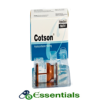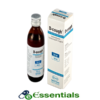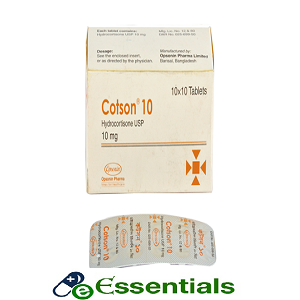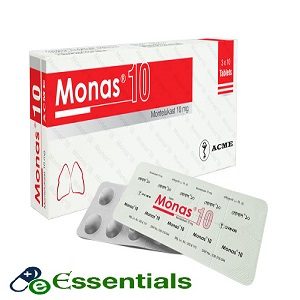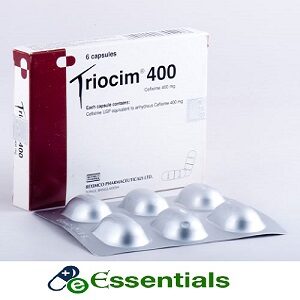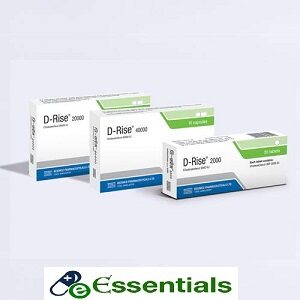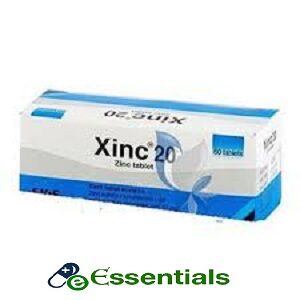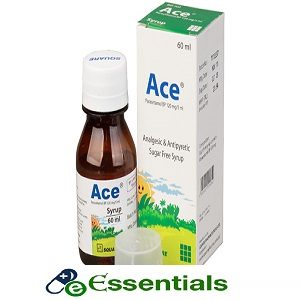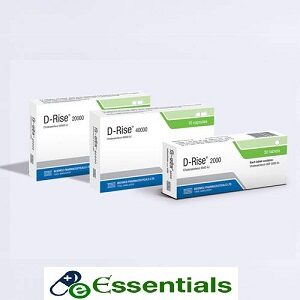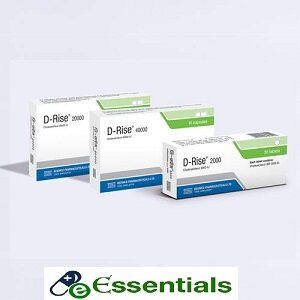Indications :
Hydrocortisone is indicated for the use in the following conditions: Primary or secondary adrenocortical insufficiency, Acute adrenocortical insufficiency, Shock unresponsive to conventional therapy, Congenital adrenal hyperplasia, Hypercalcemia associated with cancer, Nonsuppurative thyroiditis, Rheumatic Disorders, Dermatologic Diseases (Allergic States, Severe seborrheic dermatitis, Severe psoriasis, Pemphigus, Severe erythema multiforme), Control of severe or incapacitating allergic conditions (Bronchial asthma, Contact dermatitis, Atopic dermatitis, Serum sickness, Seasonal or perennial allergic rhinitis, Drug hypersensitivity reactions, Urticarial transfusion reactions, Acute noninfectious laryngeal edema), Ophthalmic Diseases (Herpes zoster ophthalmicus, Iritis, iridocyclitis, Chorioretinitis, Diffuse posterior uveitis and choroiditis, Optic neuritis), Gastrointestinal Diseases, Fulminating or disseminated pulmonary tuberculosis when used concurrently with appropriate antituberculous chemotherapy, Loeffler’s syndrome, Aspiration pneumonitis, Hematologic Disorders (Acquired, autoimmune hemolytic anemia, Idiopathic thrombocytopenic purpura in adults, Secondary thrombocytopenia, Erythroblastopenia), Neoplastic Diseases (Leukemias and lymphomas in adults, Acute leukemia of childhood), Edematous States, Acute exacerbations of multiple sclerosis
Therapeutic Class :
Pharmacology :
Dosage & Administration :
Tablet: The initial dosage of Hydrocortisone Tablets may vary from 20 mg to 240 mg of hydrocortisone per day depending on the specific disease entity being treated. In situations of less severity, lower doses will generally suffice, while in selected patients higher initial doses may be required. The initial dosage should be maintained or adjusted until a satisfactory response is noted. If after a reasonable period of time there is a lack of satisfactory clinical response, Hydrocortisone Tablets should be discontinued and the patient transferred to other appropriate therapy.
It should be emphasized that dosage requirements are variable and must be individualized on the basis of the disease under treatment and the response of the patients. After a favorable response is noted, the proper maintenance dosage should be determined by decreasing the initial drug dosage in small decrements at appropriate time intervals until the lowest dosage which will maintain an adequate clinical response. It should be kept in mind that constant monitoring is needed in regard to drug dosage. If, after long-term therapy the drug is to be stopped, it is recommended that it be withdrawn gradually, rather than abruptly.
Injection:
- Adult: By IM injection or slow IV injection or infusion. The initial dose of Hydrocortisone sterile powder is 100 mg to 500 mg, depending on the severity of the condition. This dose may be repeated at intervals of 2, 4 or 6 hours as indicated by the patient’s response and clinical condition.
- Children: By slow IV injection, up to 1 year 25 mg, 1-5 years 50 mg, 6-12 years 100 mg.
Interaction :
Contraindications :
Side Effects :
Pregnancy & Lactation :
Pregnancy category C. Corticosteroids should be used during pregnancy only if the potential benefit justifies the potential risk to the fetus.
Use in nursing mother: Systemically administered corticosteroids appear in human milk and could suppress growth, interfere with endogenous corticosteroid production, or cause other untoward effects. Because of the potential for serious adverse reactions in nursing infants from corticosteroids, a decision should be made whether to continue nursing or discontinue the drug, taking into account the importance of the drug to the mother.
Precautions :
Use in Special Population :
Storage Conditions :
Brand
Opsonin Pharma Limited


